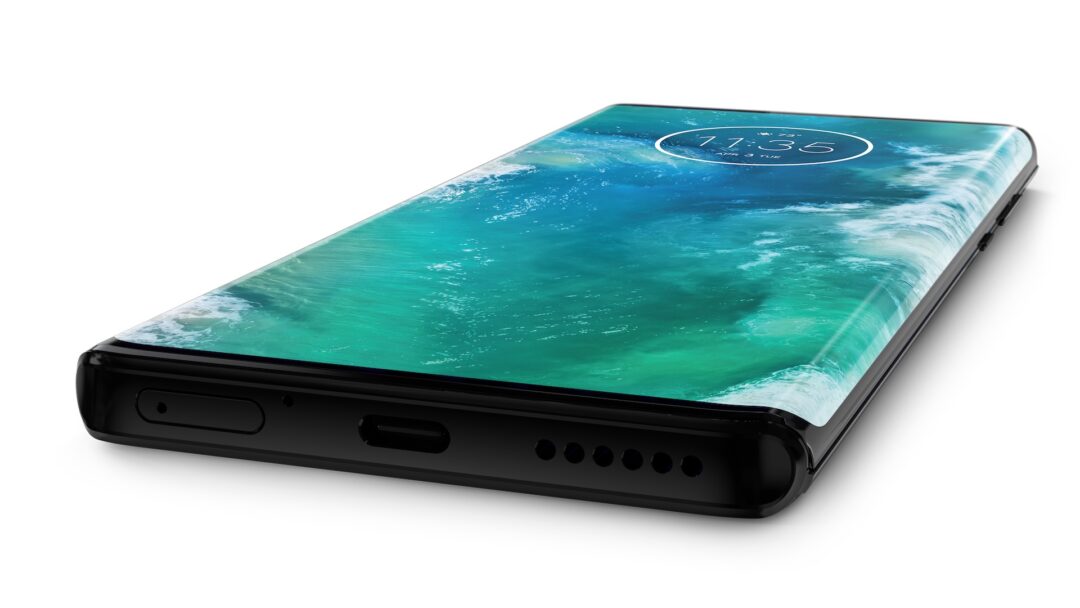In the 90’s, Motorola was in American hands, and one of three major mobile phone brands along with Nokia and Ericsson. A lot has happened since then, you could say.
In the meantime, Motorola has been on a trip to Google, and is now part of Chinese Lenovo.
In the last couple of years, Motorola has fought a brave battle to regain its former popularity, and therefore the Chinese have launched a steady stream of good mid-range mobiles, where we have tested several – including the Motorola Moto G8 Plus, Motorola One Zoom and Motorola One Vision, where the latter was even named Best Mobile of the Year in the budget class.
But until now, there has been a lack of products in the expensive layer of the scale. Apart from the foldable Motorola Razer, which so far has only reached a few consumers, and has not yet been tested to any appreciable degree, Motorola has not had products in the same league and price range as, for example, OnePlus 8 Pro or Samsung Galaxy S20 series .
But that time is now over. With Motorola Edge Plus, the Chinese mobile phone manufacturer has come up with a top model that will give the competitors in the higher air layers battle to the finish line. You can read how successful it is here.
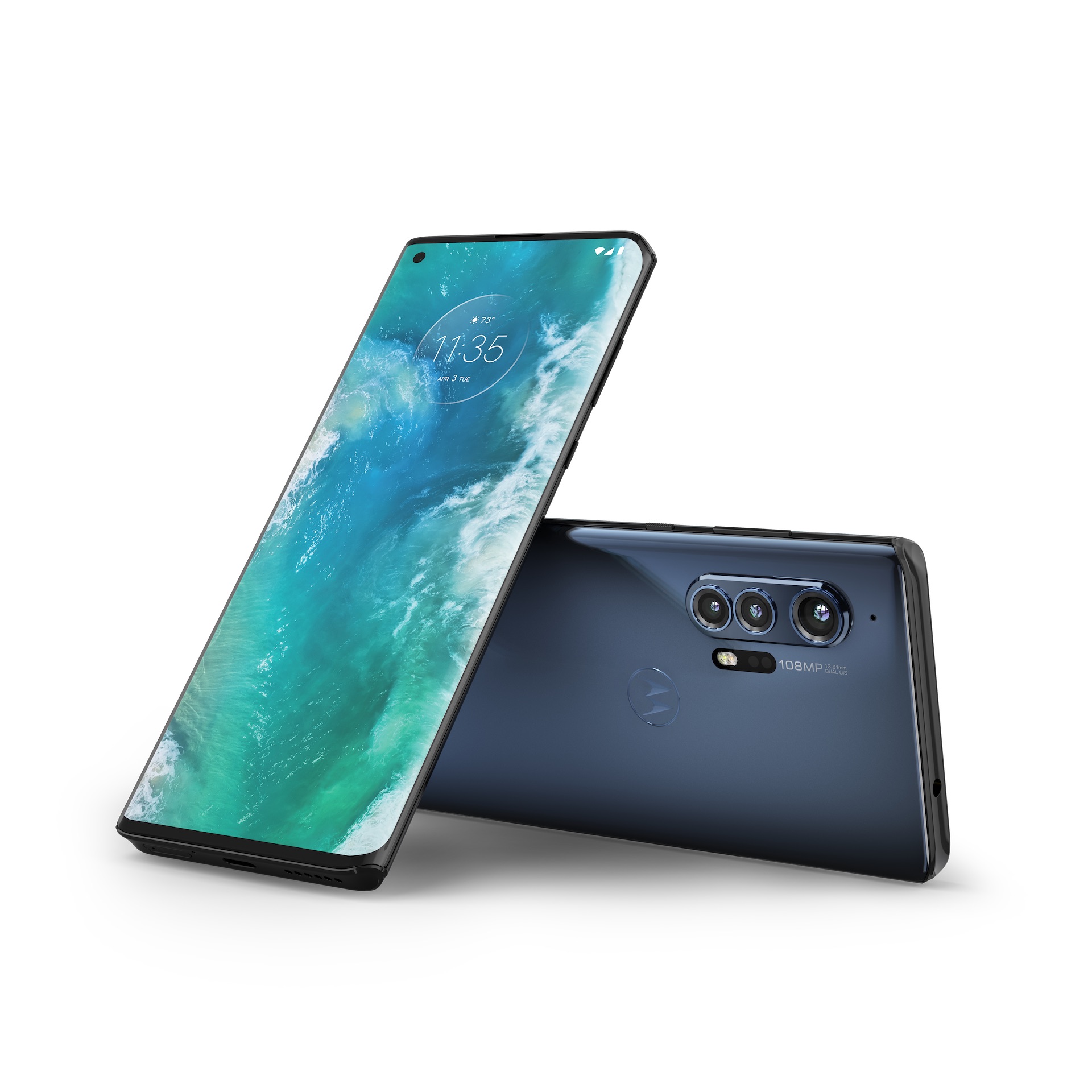
Appearance and Build
At first glance, the Motorola Edge + seems narrower than many of the other mobiles in the same price range. It then also measures only 71.38 mm in width, which for example is smaller than Sony Xperia 1, which is otherwise among the narrowest top mobiles on the market. Nevertheless, the Motorola Edge + is not quite as elongated, and can be operated with one hand without major problems.
But where Motorola’s new top mobile is among the narrowest mobiles we’ve tested in a long time, it’s quite thick around the waist. At 9.6 mm, the Motorola Edge + is significantly thicker than most other mobiles on the market – almost regardless of price range – and it will therefore seem like a small brick, which is not an unconditional advantage.
It is at least perceived as heavier than many other mobiles that otherwise weigh almost the same, which in turn is due to the more compact format and the following weight distribution over a smaller area. In the name of justice, it should be mentioned that the extra millimeters of life are of course due to the 5000 mAh battery that sits in the Motorola Edge +, and ensures the phone a solid, long battery life. But more on this later.
Both screen and back are made of Gorilla Glass 5, and although the back offers a nice play of colors, the overall impression is spoiled by a camera module located on the left side of the back, which protrudes very much, as well as by the many fat fingers that quickly gather on the glass surface.
Motorola Edge + is not IP-certified, but Motorola itself claims that it has a “water-repellent design”, which should indicate that the phone can withstand a little rain.
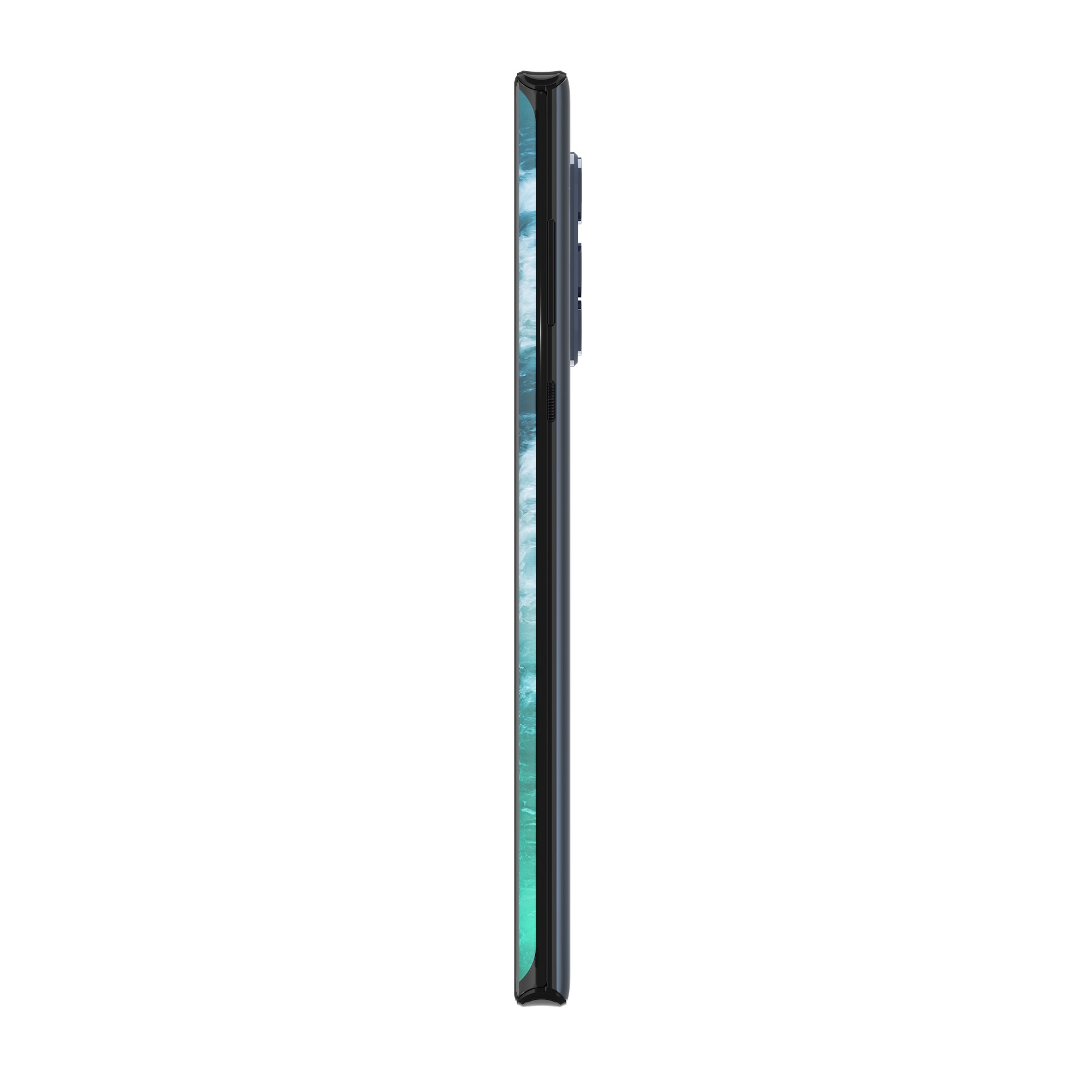
Screen
The screen is very eye-catching due to the way it curves down around the sides. We know the same design from many other mobiles, but on no other model does the screen curve as violently as on the Motorola Edge +.
Whether it’s nice is a matter of taste, but the fact is that sometimes it is clearly disturbing that the screen in all apps curves so sharply away from the field of view. If you look at the screen from the front, there is a clear color difference where the screen curves. In addition, during the test period we experienced constant misprints on the screen due to the curved screen.
Fortunately, the borderless screen, as Motorola calls it when apps appear on the curved edges, can be turned off for all apps, so the screen stays on the flat part of the screen. Then it is only on the home screen and in the mobile’s other user interface that you have to find yourself in the borderless screen.
Fortunately, the screen itself is reasonably sharp, which is especially due to the refresh rate of 90 Hz. This is equivalent to what other manufacturers’ most expensive mobiles – such as the OnePlus 7 Pro – could offer a year ago. And even though Motorola Edge + is not quite in the queue with OnePlus and Samsung, which this year have installed 120 Hz screens in their top mobiles, you still get a better and more fluid user experience with 90 Hz screen refresh rate, than with the 60 Hz- one most mobiles on the market after all still come with.
On the other hand, the maximum screen resolution is only 2340 x 1080 pixels (FHD +), significantly less than what many other mobiles in the price range can offer. It goes a little beyond the sharpness (the screen area is after all a full 6.7 “), but first and foremost you lose some area on the screen, which among other things applies if you browse or read e-books, and the maximum resolution for including video playback is very far from 4K.
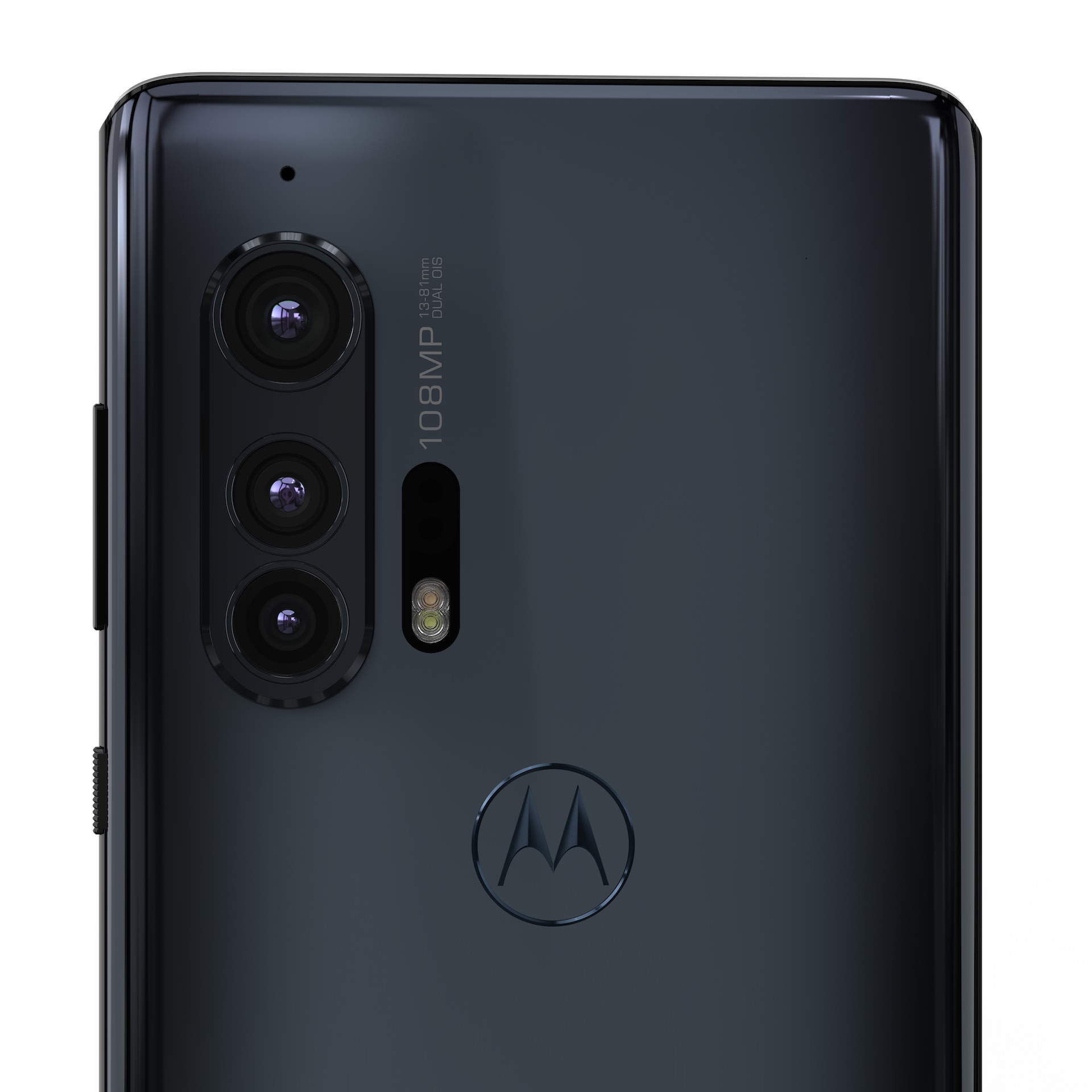
Camera
While the screen resolution is lagging, Motorola has focused everything on an ultra-high-resolution camera sensor of 108 Mp – as we know it from the Samsung Galaxy S20 Ultra and Xiaomi Mi 10 Pro. However, Samsung used a full 9x pixel binding (where nine pixels from the sensor are combined into one pixel each time you take a picture) to create razor-sharp images. Motorola Edge + instead settles for 4 pixel binding (Quad Pixel Technology) to get better lighting in the pictures.
As a result, however, it is difficult to expose anything, even if you have to shoot in 4: 3 format if you want to take full advantage of the missing pixels. If you choose 16: 9 format, the image is only cropped so that you lose approximately 25% of the pixels in the finished result.
In addition to the large 108 Mp sensor, the Motorola Edge + also has an ultra-wide angle of 16 Mp and a telephoto lens with 3x optical zoom of 8 Mp.

Unfortunately, there is a flaw in Motorola’s camera software, which means that the optical zoom does not work as intended. If you zoom up to three times, you get the correct image in the viewfinder, but it actually zooms in much more than three times. It is our impression that it is more about 4-5x zoom.
And even if you have captured the right subject in the viewfinder, it is also further embodied by the software, which is a process you can see with the naked eye when a thumbnail of an image is displayed in the camera app.
We corresponded for a long time back and forth with Motorola during the test period, hoping that the company’s technicians could solve the problem with a quick software update. Motorola has also promised that a solution is on the way, but at the time of writing the mobile manufacturer refuses to set a date for the update, so we felt obliged to continue the test.

The fact is that if you invest in Motorola Edge + at the time of writing, you get a mobile where the zoom function does not work properly.
It’s a shame, because the camera otherwise has many other good things to offer. For example, you can record video in 6K resolution, and with a special snapshot function, 20 MP photos can be taken while recording video.
The front camera of 25 Mp also uses “Quad Pixel Technology”, which especially gives better selfies if you use the camera in dark environments.

All in all, the Motorola Edge + offers a camera among the better ones. Hopefully, the problems with the optical zoom will also be solved sooner or later. It’s just too bad that Motorola is launching a product on the market with such a marked flaw.
This indicates that there has been a great deal of interest in getting the product into the shops as quickly as possible, and that it has been seen between the fingers whether the quality control was now in place or not. We experienced another example of this, which we will return to immediately.

Sound
First, a few words must be written about the sound, because here the Motorola Edge + really deserves a few words of praise along the way. Many other expensive and gorgeous mobiles disappoint when it comes to the audio experience. This is especially true of the Huawei P40 Pro, which there are also many other good reasons to keep your fingers off.
On the other hand, the OnePlus 8 Pro comes with excellent sound – both from the built-in speakers, and if you use the phone with a pair of good headphones. The same goes for the Motorola Edge +, where there is good pressure in the built-in stereo speakers, and it’s really fun to play games and watch video on your mobile.
And audiophiles will enjoy a built-in 3.5 mm jackstick, which Sony reintroduced with the Sony Xperia 1 II.
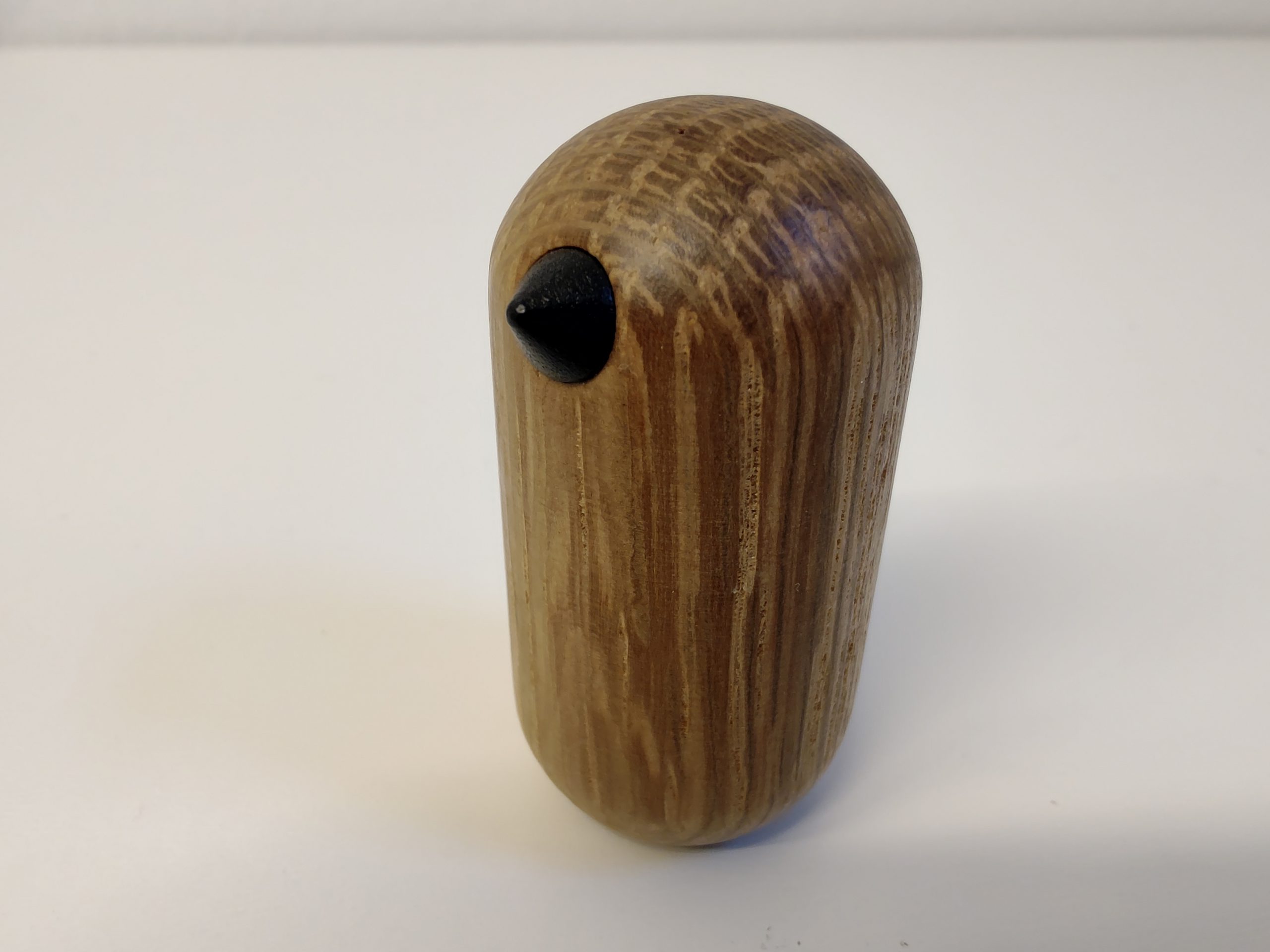
5G
Apart from the good sound, it is not just the faulty camera that gives us the clear impression that the Motorola Edge + has been launched in the market prematurely. In Motorola’s own marketing, it is crystal clear that the mobile comes with 5G (and Wi-Fi 6).
It does, too, but for a particular mobile to work on a given operator’s 5G network, the specific model must be tested and approved by the operator. As Motorola Edge + is sold throughout Europe, this means that the mobile manufacturer must go through a major process with tests and approvals from all operators before the product can be sold to consumers.
That has not happened with the Motorola Edge +.
Since the beginning of the year, we have had the opportunity to test 5G mobiles on T-Mobile’s network in Germany (T-Mobile is owned by Deutsche Telekom, and is among Europe’s largest mobile operators), something we have done with both Huawei P40 Pro, OnePlus 8 Pro and Samsung Galaxy S20 Ultra.
But when the trip came to Motorola Edge +, we had to give up. The 5G support on Motorola Edge + is not activated on T-Mobile’s network yet, as the approval process is not complete. And so it is one of Europe’s largest operators we are talking about here.
If you then think that it may be the same for Scandinavian users, then be aware that at the time of writing Motorola Edge + only works on a commercial 5G network throughout Scandinavia (namely at Telia in Norway), while Telenor’s approval of the mobile does not is clarified.
In Denmark and Sweden, the operators have not yet opened up for the commercial 5G networks, but this will probably happen during 2020. Whether Motorola Edge + is ready for the Danish and Swedish 5G networks by then is still uncertain. The reality is that at the time of writing, the product does not support many existing networks, which is another sad example that Motorola Edge + has entered the market as an unfinished product.
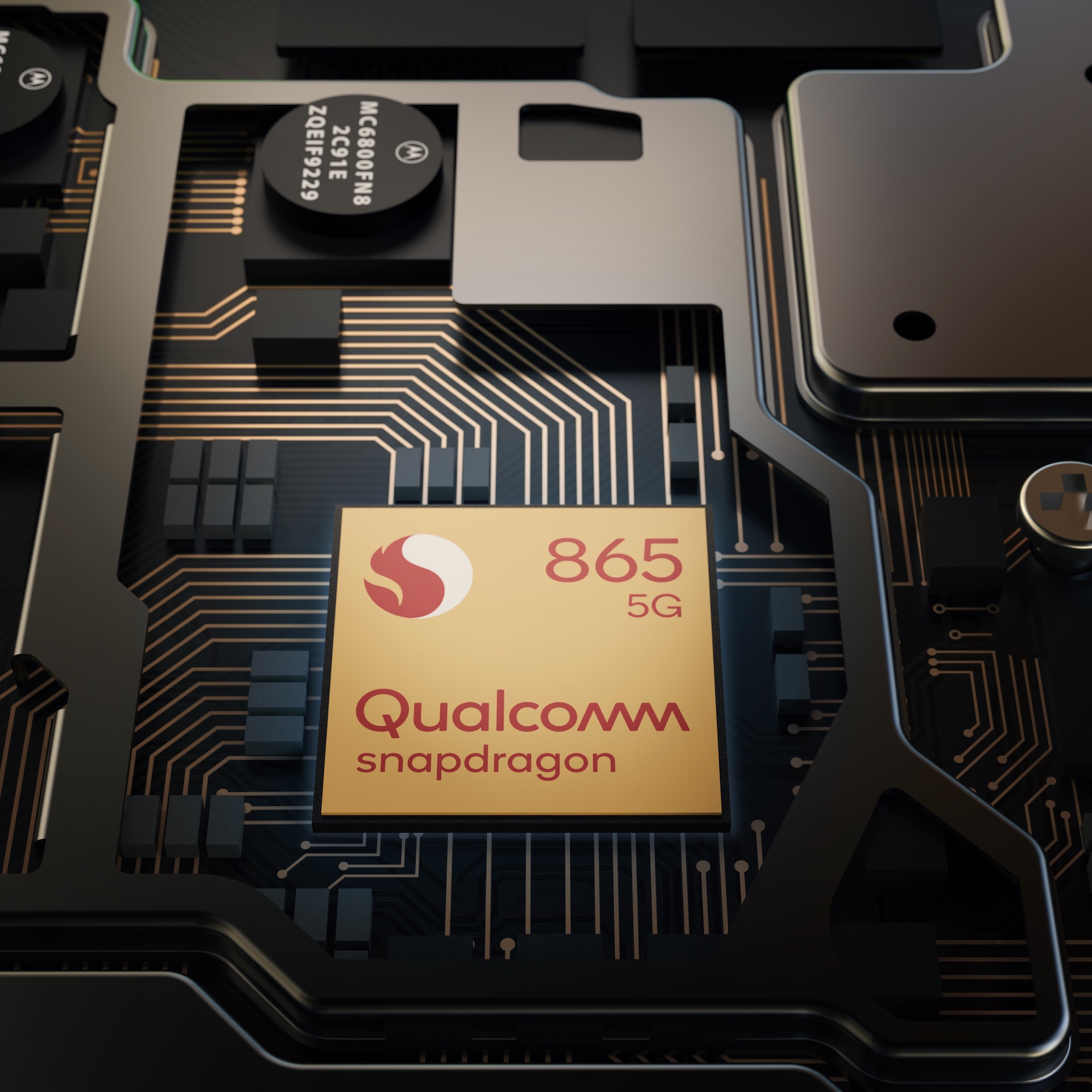
Performance and features
And that’s a shame, because at one important point Motorola has everything in place with the Edge +. The performance is top notch. In fact, Motorola Edge + is the fastest mobile we have tested to date, based on the Benchmark results.
The OnePlus 8 Pro is the only mobile on the same street, but the Motorola Edge + beats the OnePlus mobile with a hair on almost every point. However, it is not entirely surprising that the two mobiles are practically equally fast, all the time they come with basically the same configuration in terms of processor, memory, graphics card, etc.
However, the Motorola Edge + has the advantage of an impressively large battery of as much as 5000 mAh, while the OnePlus 8 Pro on the other hand with 30 W fast charging (both with cable and wireless) gets power on the battery again in less time than the Motorola Edge +, which has to settle for 18 W and 15 W fast charging (wired and wireless, respectively).
It is also worth noting that the OnePlus 8 Pro with its power-hungry 120 Hz screen and a smaller battery, in practice holds the power as long as Motorola Edge +, which also has the slightly less power-hungry 90 Hz screen technology built-in. And since it only takes barely 25 minutes to charge the OnePlus 8 Pro from 0% to 50%, while the Motorola Edge + due to larger battery and slower charging has to spend almost an hour on the same, it is the OnePlus 8 Pro that runs off with the victory at this one point.
Conclusion
We were looking forward to testing the Motorola Edge +. As mentioned, this is the first top mobile from the former American mobile phone manufacturer in a lifetime, and therefore it has been a frustrating experience to be served a mobile that on paper was so promising, but which in practice is unfinished and falls short on several points.
Yes, of course Motorola will probably get the blemishes fixed with the camera software so the optical zoom will work as intended. And of course, they also get the mobile through all the operators’ 5G authentication process. Still, it is difficult not to get annoyed with the mistakes.
And it does not help that the Motorola Edge + has to look far for a high-resolution screen, and that the so-called borderless design with the extremely curved edges is more detrimental than beneficial for ease of use and operation.
Still, the Motorola Edge + gets a nice four in the test. It can thank the high performance, the large battery and the good sound for it. And the part of the camera that actually works.

We think
The highest performance we have measured, and an impressively good battery life. In addition, the phone delivers very good sound, and the camera generally takes good pictures. The screen has a 90 Hz refresh rate. Serious camera software bugs make optical zoom unusable. 5G is only activated on a network in Scandinavia, and the very curved screen is definitely not user-friendly. The screen resolution is also in the low layer based on the price.
1299 €
Specifications
- Operating system: Android 10
- Screen: 6.7 “OLED 90 Hz, FHD + (2340 x 1080)
- Processor: Snapdragon 865 + Adreno 650
- Memory: 12 GB LPDDR5 RAM / 256 GB storage
- Cameras: 108 Mp f / 1.8 with OIS + 16 Mp f / 2.2 117 ° ultra-wide angle + 8 Mp f / 2.4 telephoto (primary) / 25 Mp f / 2.0 (front)
- Wireless: 5G, Wi-Fi 6, Bluetooth 5.1, NFC, GPS, GLONASS, Galileo
- Dimensions and weight: 161.07 x 71.38 x 9.6 mm / 203 g
- Battery: 5000 mAh, 18 W fast charge + 15 W wireless charge
- Web: motorola.com/
